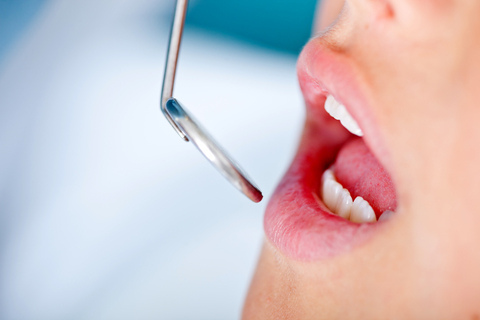What is a pediatric dentist?
August 10th, 2022

Our team at Shoals Pediatric Dentistry, PC hears this question a lot. According to our friends at the American Academy of Pediatric Dentistry (AAPD), pediatric dentistry is “an age-defined specialty that provides both primary and comprehensive preventive and therapeutic oral healthcare for infants and children through adolescence, including those with special healthcare needs.”
Pediatric dentists, such as Dr. Robin E. Lents, are dedicated to the oral health of our young patients from infancy through their teen years. Our team at Shoals Pediatric Dentistry, PC has the experience and qualifications to care for your child’s teeth, gums, and mouth throughout his or her various stages of childhood.
Pediatric dentists complete at least four years of dental school, including an additional two additional years of residency training in dentistry for infants, children, teens, and children with special needs.
At Shoals Pediatric Dentistry, PC, we know children are not born with a fear of the dentist, but they can fear the unknown. And that is why Dr. Robin E. Lents and our team know how to examine and treat children in ways that make them relaxed and comfortable.
To learn more about pediatric dentistry, or to schedule your child's next visit at our Florence office, please give us a call today!




 Website Powered by Sesame 24-7™
Website Powered by Sesame 24-7™